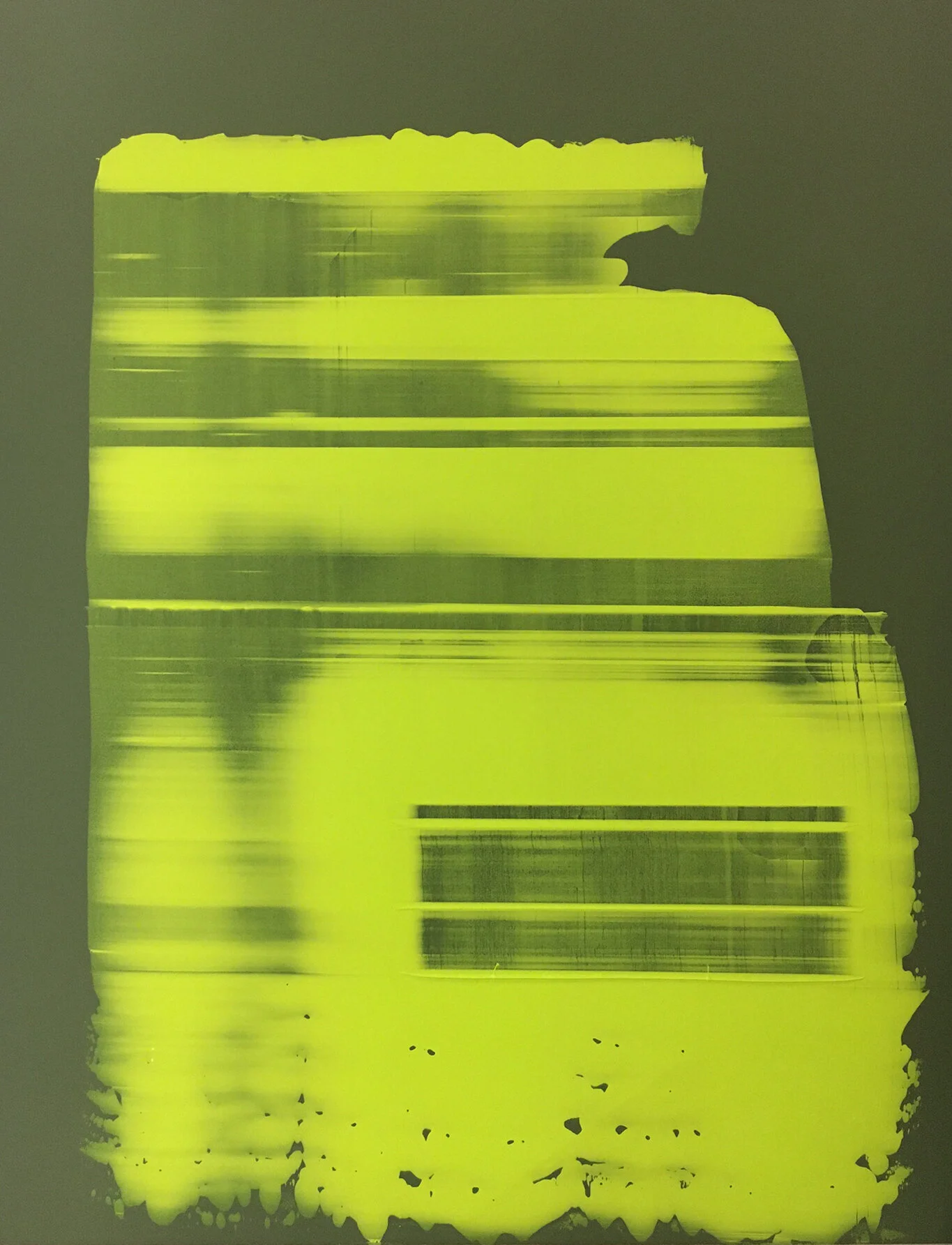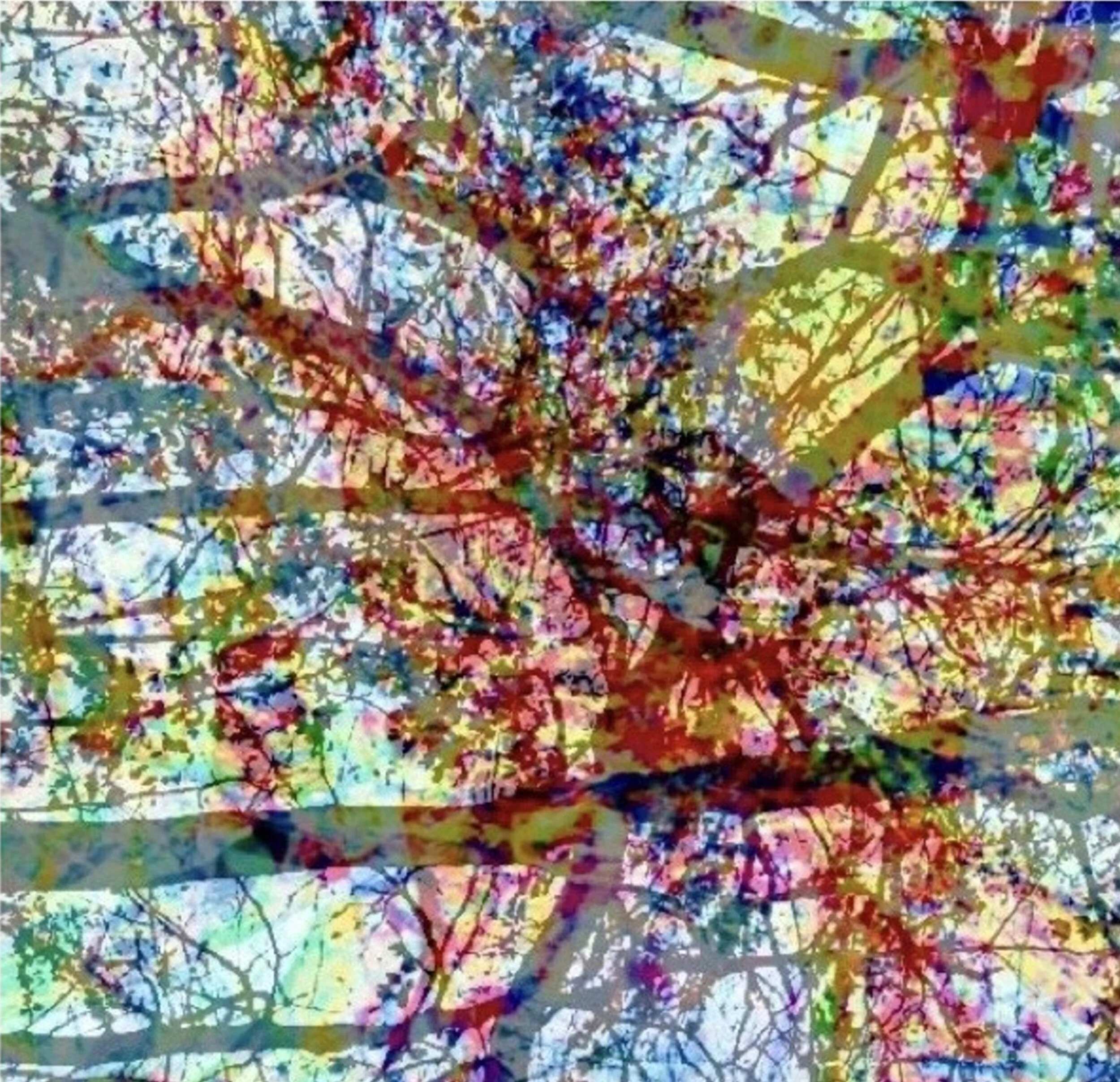Patricia Sartori
Biography
Patricia Sartori a contemporary painter and graphic designer consultant based in Brussels. Taken by the duality of the fiery gesture of abstract expressionism and the precision of graphic design, she thrives in transcending them in balanced compositions thanks to her sense of elegance and excellence. As a high-end graphic designer consultant Patricia focuses on special projects, she counts with more than 20 years of experience and worked for most of her career in Milan following projects for clients such as Tom Ford, Jil Sander, L’officiel, Chopard and Maxalto, among others. Patricia was born and raised in Brazil where she started painting during the ’90s influenced by Ibere Camargo one of the greatest Brazilian expressionist artists. As a painter, Patricia Identified herself with expressionism and abstraction.
Artist Statement
One of the characteristics of my work is the search for unusual combinations of tools and painting materials. During my last working period, from 2020 to 2021 I used a thin metal plate as support for scraping with acrylic. The different visual results depend on the tools I choose to scrape, the amount of paint and the pressure I apply with the metal spatula. The paintings have an almost silkscreened effect and are executed with different trowel measures. In some works, after scraping with acrylic, I use a pure pigment oil stick, giving a new reading to oil painting and adding a calligraphic and expressive layer. I see my work as the result of a combination of my graphic and my pictorial sides. These paintings create a new abstract language situated between expressionist painting and graphic design.
What first prompted you to think of becoming an artist?
Art is the answer to my concerns. Since my childhood, I have always been interested and attracted by drawing and painting. I could spend hours and hours drawing for no reason, just because I had to. During the ’90s in Brazil, I met Carlos Wladimirsky and later on Ibere Camargo, one of the greatest expressionist artists in Brazil. With them, I discovered oil painting and created a very strong identification with expressionism. Even though I worked during most of my career in Milan as a graphic designer with great success, painting has always accompanied me. Since I moved to Brussels in 2015, I am fully dedicated in developing my work as a painter.
What kind of an artist do you ultimately see yourself?
I see myself as an artist who never stops researching and experimenting. I am eternal dissatisfied. The more I paint the more I think I have to paint. I am extremely critical of myself and I ask myself many questions. I love the painting material, the smell, the viscosity, the colours, the matter. Mixing all these properties together with the composition, with emotions is an extremely difficult job. With every action, we can hit or miss completely, but sometimes these mistakes take me towards new things, mastering techniques and emotions, and finally creating an immortal image of a unique moment in life. What can never be repeated, for me, is unique.
What are you hoping to communicate to the viewer through your work?
The fact of creating an abstract image, which does not exist in the real world, interests me. Something that did not exist comes to exist, it must be looked at. I am interested in people's reaction to images that become real and that have no logical explanation. I have no intention of explaining my work, I prefer to leave space for those who see it to find their own explanations through the feeling that my work conveys. I am interested in expanding the human imagination. I create emotions and reflections. If my work inspires, surprises or touches emotions, I am grateful. I think that feelings and sensibility are the first testimonies of any artistic work, any explanations come thereafter.
Can you explain the process of creating your work?
My work begins in the unconscious and I bring it to reality through the search of unusual combinations of tools and painting materials. During my last working period, from 2020 to 2021, I used a thin metal plate as support for scraping with acrylic. The different visual patterns in my paintings depend on the tools I choose to scrape, the amount of paint and the pressure I apply with a metal spatula. This results in an almost silkscreened effect from the different trowel measures I use. In some works, after scraping with acrylic, I use a pure pigment oil stick, giving a new layer of a calligraphic, expressive reading. I see my work as the result of a combination of my graphic and pictorial sides.
What is your favourite part of the creative process?
When I am in the middle of the painting, dirty with paint, completely plunged into the moment.
Can you give us an insight into current projects and inspiration, or what we can look forward to from you in the near future?
I am very taken by the work I have developed during these last two years. I plan to bring my paintings into larger formats and will keep on exploring new combinations of color and scraping techniques.
Website www.patriciasartori.com
Instagram patriciasartori_visualart
2021_A/ Acrylic on dibond / 70X90cm
2021_B/ Acrylic on dibond / 70X90cm
2021_C/ Acrylic on dibond / 70X90cm
2021_D/ Acrylic on dibond / 70X90cm
2021_E/ Acrylic on dibond / 70X90cm
2021_F/ Acrylic on dibond / 40X80cm









